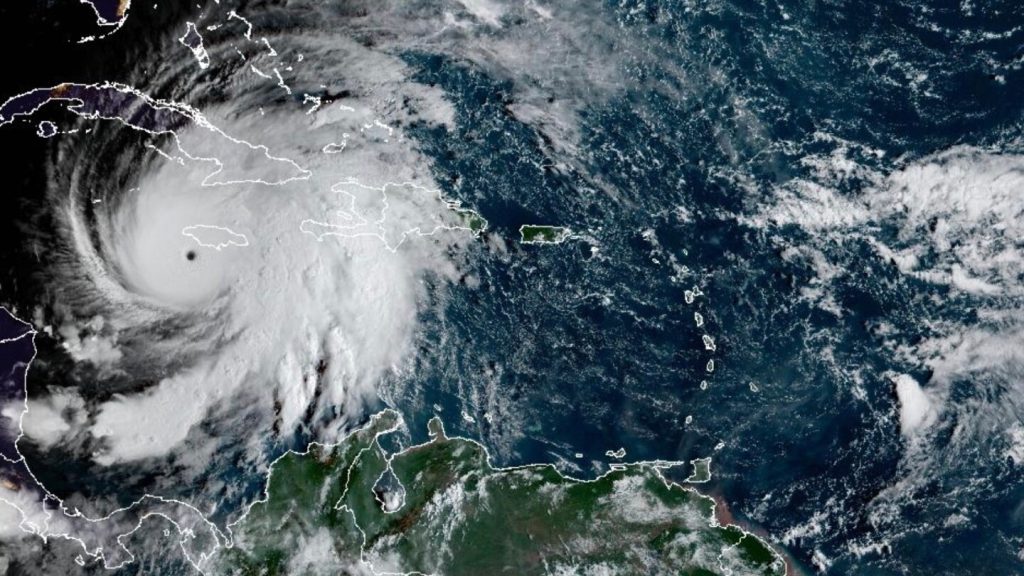Hurricane Melissa was grinding across Cuba on Wednesday, weakening to a Category 2 storm, after pummeling Jamaica as one of the strongest Atlantic hurricanes on record, the U.S. National Hurricane Center said.
Hundreds of thousands of people in Cuba had been evacuated to shelters. A hurricane warning was in effect for Granma, Santiago de Cuba, Guantánamo, Holguin and Las Tunas provinces as well as the southeastern and central Bahamas.
Melissa had top sustained winds of 105 mph (165 kph) and was moving north-northeast at 14 mph (22 kph) according to the National Hurricane Center in Miami. The hurricane was centered 45 miles (70 kilometers) northwest of Guantánamo, Cuba, and 205 miles (335 kilometers) south of the central Bahamas.
The agency warned that preparations for the storm in the Bahamas “should be rushed to completion.”
What to know:
A record storm for Jamaica: Melissa was a Category 5 hurricane, the highest level, when it made landfall Tuesday in Jamaica. It was the strongest to hit the island since recordkeeping began 174 years ago. Melissa caused power outages, fallen trees, landslides, and heavy flooding and tore off roofs in Jamaica.Other Caribbean nations at risk: The NHC warned that catastrophic flash flooding and landslides also are possible in Cuba and Hispaniola, the island which Haiti and the Dominican Republic share. Cuban officials said they were evacuating more than 700,000 people from the region, including in Santiago, the island’s second-largest city.Rapid strengthening linked to climate change: Climate scientists have linked warming ocean temperatures to hurricanes intensifying more quickly. Abnormally warm ocean waters of about 2 to 3 degrees Celsius (3.6 to 5.4 degrees Fahrenheit) above normal helped double Hurricane Melissa’s wind speed in less than 24 hours, scientists said. Scientists said Melissa is the fourth storm in the Atlantic this year to undergo rapid intensification.

